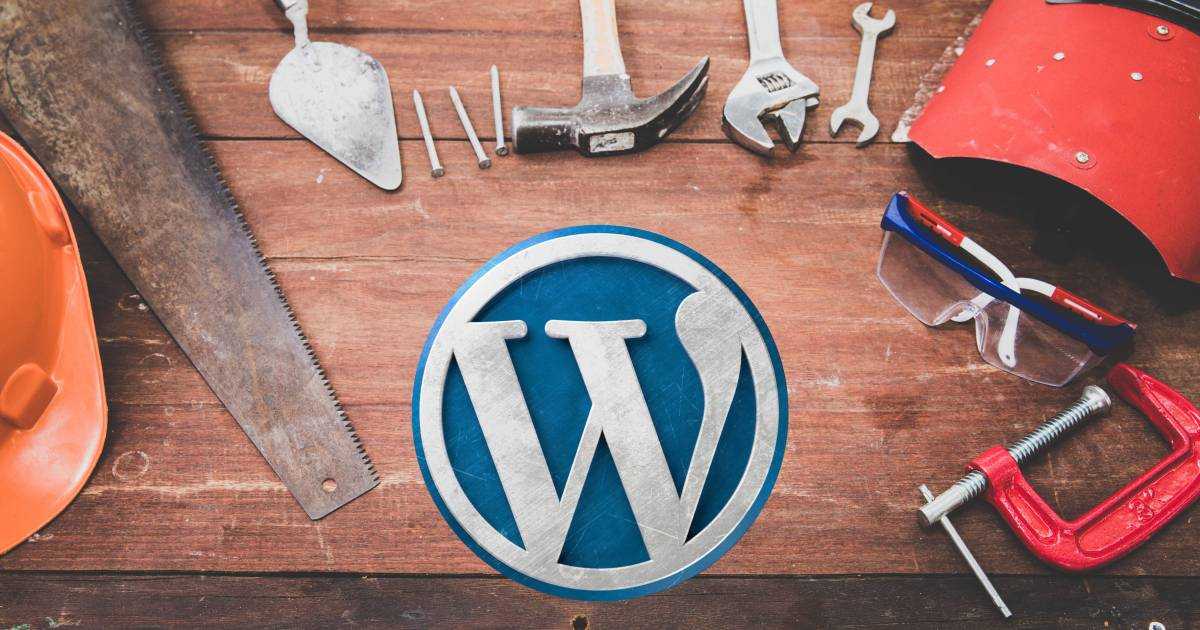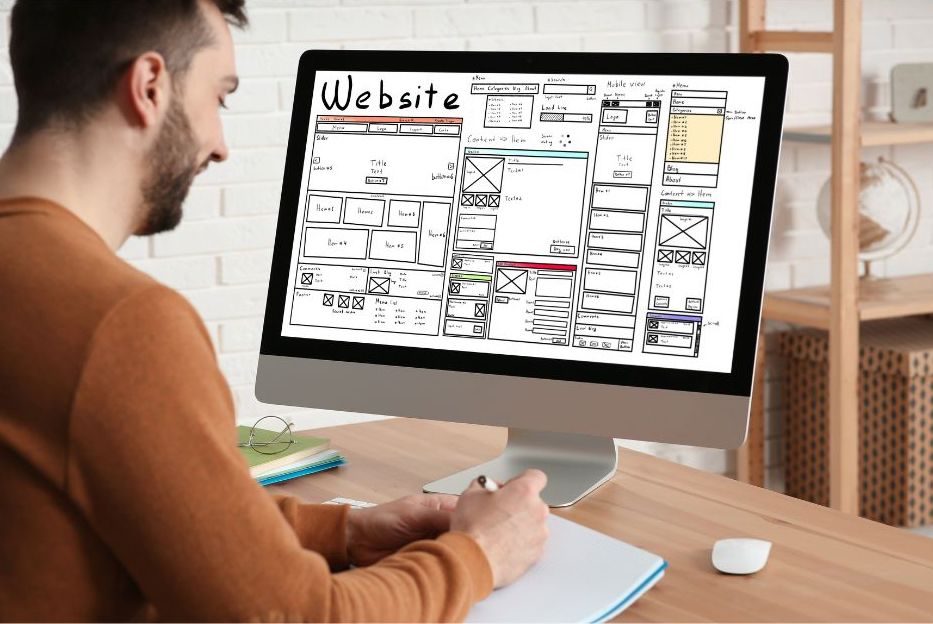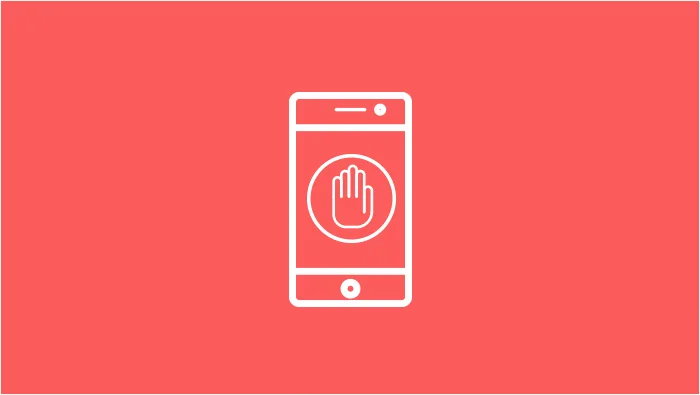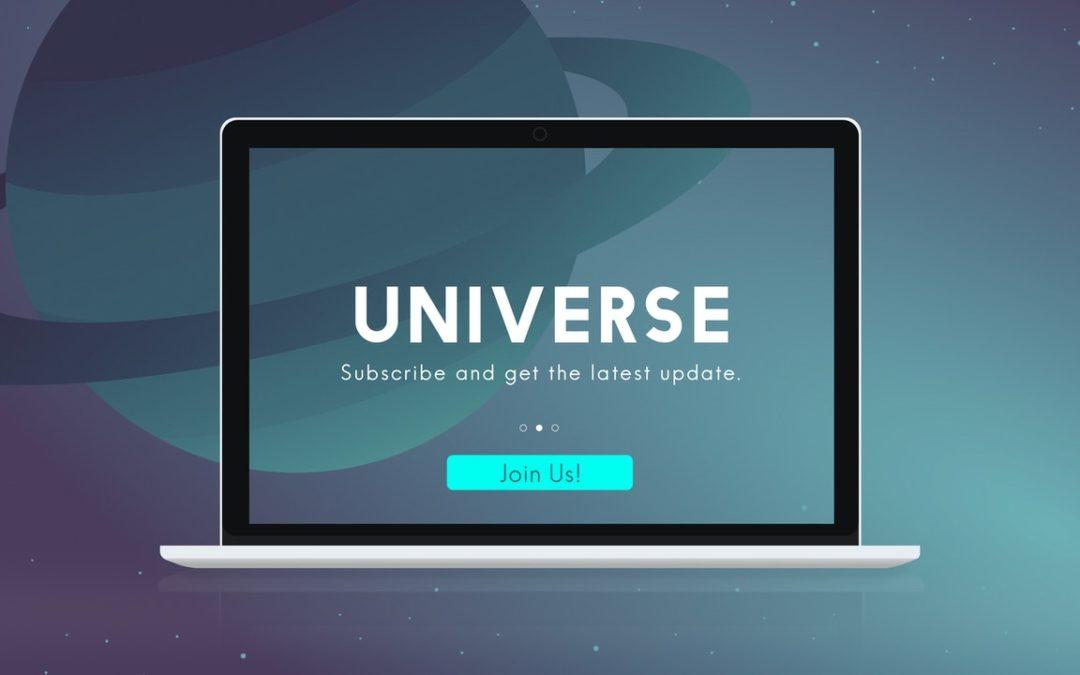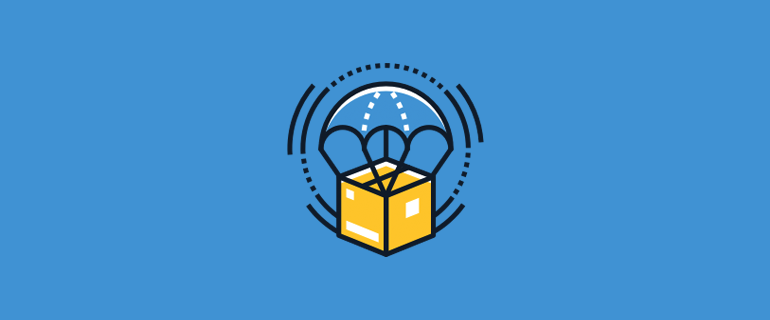It's easy to think that once we make a WordPress website, we just let it work without having to deal with it anymore. In reality, however, once a site is launched online, if we want it to perform well, attract visitors, and rank well in search engines, we need to take care of its maintenance on a regular basis.
If WordPress gets under your skin and you join its fans, the tendency is sooner or later to make a very rich and complex site, whose support becomes more serious. At least you need to know each plugin from the accumulated ~ 30-40 plugins what functionality it has and how it is updated.
Backup (archive)
The backup (archive of the content in the hosting account) is the backup plan B, which saves the situation after everything else has been tried and has not yielded results. The site archive is one of the most important things that every webmaster should provide.
There is a difference between system backup of the entire hosting account and backup of only one site. The system backup is a massive archive, which contains all the content of the hosting account - the files of all sites and applications, all databases, system files and settings and more. While the backup of a site contains only the files and database of that site.
When will you need a backup?
The need for a backup may arise after inadvertently deleting content from the site or after an update that has led to such a problem, which can not be fixed without the help of a developer. In such cases, the only solution may be to restore the site from an archive.
Backup generation
The generation of system backup is done automatically and periodically by the hosting system. Depending on the size of the hosting account, this process can take more time, several hours. While backing up only the files and database on the site can be done at any time by the webmaster. And it usually takes much less time, minutes.
Therefore, if you need to make any changes only to a site, and the date of the system backup does not suit you, it will be faster to make a backup only of its files and database. You can use either a plugin or do it manually for such backup - archive the directory with the files and export the data from the database. Recovery from the manually made archive is done manually - unzip the files and import the data into the database.
There are two important notes related to manual archives - do not store archives in the public directory of the hosting account (public_html), because they will be available to everyone on the web and do not accumulate archives in the hosting account because they will take up disk space.
Using system backups
You can save time and not back up manually before each change to the site by checking when system backups are available.
Before updating WordPress or a plugin to a new version, check when the last backup is. If you have not made any changes to the site after the date and time of the backup, you can do the update without any worries. If something appears as a problem after the update, you will be able to quickly restore the previous state of the site.
2. Test copy of the site
The test copy of the site is also called a working copy or staging environment. It is an exact copy of the real site, with copied files and database.
You can easily perform tests, install plugins, themes and change the settings on the copy of the site, without affecting the real site (and its visitors).
It is very important to keep in mind that not every site allows publication changes from the test copy directly to the actual site.
Depending on the type of site, there may be peculiarities when working with the test copy and then when uploading the changes live (ie on the real site). For example, if user registrations are made on the site or orders are placed after you make the test copy, new users will continue to register on the real site and new orders will be placed. That is, the database on the real site will continue to change. While the copy database will lag behind the actual site and will not contain these changes. If you transfer the changes from the test to the real site, you may lose the new registrations/orders. For this type of site, transferring the changes to the actual site is repeating them step by step. The changes are applied to the real site again, manually.
3. Update the system, theme, and plugins
Regular updating of WordPress, themes, and plugins is needed to maintain the security and performance of the site. Much of all site breaches are made through vulnerabilities in non-updated plugins or themes. On the other hand, the non-updated system and its components are an obstacle to speeding up the site, as new versions of PHP cannot be used.
New versions of the system and plugins contain fixes and code optimizations. This has a positive effect on the work of the site.
From version 5.6 of WordPress, system upgrades to newer versions (major and minor) are enabled by default.
However, if your installation is from before this version (5.6) of WordPress, the automatic update option is disabled. Automatic updates will only be performed on minor versions.
Changing the options for automatic updates can be done through the administration »Updates.
It is recommended that the system, theme, and plugins be updated first on the test copy of the site. Once you have finished updating and testing the news, you can transfer the changes to a real site.
Sometimes updates may cause conflicts with other add-ons or features on the site. This leads to a "white page" or error 500 when loading the site.
Another common need for help is when a complete system upgrade needs to be performed - kernel, plugins, theme. And when it is necessary to update from software provided by the client, which cannot be updated through the administration of the site. In these cases, for Business and eCommerce (WooCommerce) plans, our WordPress experts will take care of the complete or specific update by performing it in the staging environment
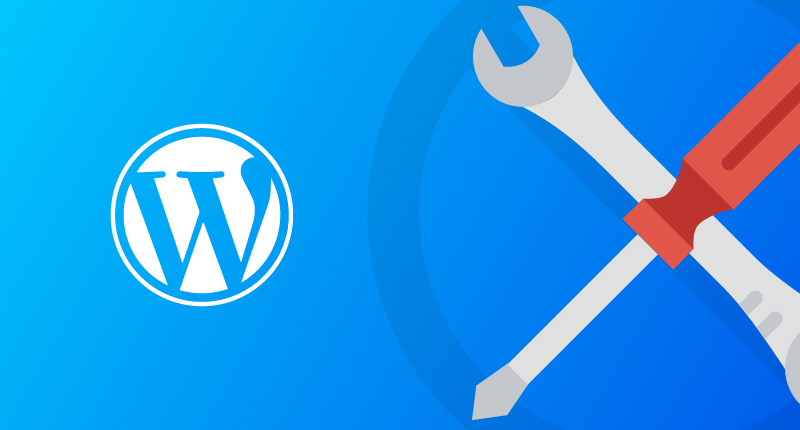
4. The security and protection of the site
Regular updating of the system and its components will ensure that code vulnerability are repaired and neutralized. This is one of the most important tasks of site security. But in addition to the upgrade, there are several other tasks to maintain a high level of security.
Security awareness
The more you know about security, the better and in time you will protect your site from malicious activity (as well as visitors and their data).
Security and protection from the hosting provider
The help that the hosting provider can provide for the security of the site is of great importance. It has full control over the web server and security systems. Therefore, it is important to choose a reliable provider for whom the security of customer sites is paramount.
Access to the system
Security breach and compromising the site is often done through unauthorized access (to the account, administration and others).
Here are some guidelines:
Passwords and usernames. It is a good idea to change the password set by the system during the initial installation and choose a secure, strong and complex password. Change the default admin username for the administrator.
Users of the system. In case users register on the site, check what role they have in the site itself. It is recommended that the default role is "User".
Encrypted connection. Use a secure encrypted connection when accessing your hosting account, site administration, mail, client profile, and any other accounts and accounts you use online.
Additional identification factors. Enable additional security when accessing accounts, such as Two-Factor Authentication to access cPanel.
The forms on the site
To protect the forms on the site (contacts, registration, etc.), activate the CAPTCHA security code.
The security code is used to block spammers and automated scripts (bots) that perform similar actions:
- Manipulation of results from online surveys and surveys;
- Execution of Brute Force password guessing attacks;
- Registration of spam users on the site;
- Posting spam comments and redirect links;
- Sending spam through unprotected email forms;
- Automatic collection of e-mail addresses (harvesting) for compiling spam databases.
- Plugins for extra security
- There are also many plugins for additional protection of the system, such as changing the URL of the administration, setting the number of failed access attempts, then blocking the ability to access the administration of the site and others.
Sample plugins:
Better WP SecurityAll In One WP Security & Firewall Professional security settings
Whether you have a new WordPress site or an already developed one - if you want an expert to take care of the security of the site, you can trust our WordPress experts.
In addition to making additional security settings, you will be able to rely on them for periodic security checks (scanning and cleaning the site of malicious code, alerting when a security vulnerability is installed to an installed plugin and assistance in updating, activating or removing it).
5. The speed and performance of the site
Maybe not at the very beginning, when the site has 5 pages, but over time the loading speed may deteriorate. The reasons can be very different, from the accumulation of a large amount of data in the database, from the addition of a plugin that does not work optimally, to the uploaded multiple images with too large a size.
The fast loading of the site on desktop and mobile devices affects the user experience and search engine positions. The more optimized and fast its pages, the better the user experience, as well as the positions in the search results.
To speed up the loading of the site, you need to check for possible optimizations. Some of the things that can have a positive effect on the speed of the site are:
Fast and secure connection to the site. Enabling HTTPS for the site allows the use of the newer and faster HTTP / 2 protocol. For this purpose, the site will need to have an SSL certificate installed.
Accelerating and caching technologies. For the WordPress site, caching technologies such as Memcache / Redis and SuperCache can be activated.
The task of speeding up the site can be the most technical and difficult of all. That's why our WordPress experts are here to help. You can get a detailed report on the overall performance of your site - diagnostics of hosting resources (CPU time, memory, PHP processes), check the PHP version, error log files, database status. The report will contain the results of the checks, supported by optimization recommendations, specific solutions and a one-time caching setup for an even faster WordPress site.
Other methods to speed up the site:
- Optimize SQL queries and database size.
- Reducing the number of rechargeable internal and external resources.
- Decrease page size (kb).
- Image optimization - number, size (kb) and format. Remove display blocking JavaScript scripts.
- Minification (compression) of CSS and JavaScript code.
- Compression of text resources - HTML, CSS, JavaScript.
You can use PageSpeed Insights for additional guidance and tips on improving your pages. This is a Google tool that checks the performance of pages and offers possible optimizations.
In addition to the speed and performance, we cannot fail to mention the mobile presentation of the site.
36. Actuality of functionalities and technologies
Plugins and themes
It is rare to see a WordPress site that does not use any plugins. The wealth of freely available plugins makes it possible to add all sorts of features to the site. But it is the free plugins and themes that require more attention when maintaining the site.
Some free plugins end their lives when their developers abandon them and no one continues to develop and maintain them. In such cases we have to look for new substitutes. The integration of a new plugin requires testing and setup. Replacing one plugin with another may affect other features on the site, and there may be a problem using the information already generated by the old plugin.
It gets scarier when a free theme ends its life. Changing a theme used for years is almost tantamount to creating a brand new site to pour the accumulated content into. Changing the theme for WordPress is building a brand new site and pouring the collected content (articles) into it. This is also a good time to replace some plugins with newer and better ones.
You may need to change the old theme if it is not optimized for mobile browsers.
Changing the theme may be necessary due to innovations in the functionality of WordPress itself. One such example is the block editor. Modern WordPress themes are now being created with full support for the block editor and its functionality.
News in WordPress
The life of a WordPress site is dynamic when you take care of it constantly. If you leave it, then you just needed a sait-business card, for which there are more suitable web hosting services such as Site Builder - with this service the support for the functionalities and technologies is completely eliminated.
Here are some changes to WordPress that require updating the functionality of the site:
WordPress now has built-in XML sitemap functionality. You can check if it works for you and if so, then remove a plugin from the site (for example, if you use one specifically to generate a site map). WordPress now supports the WebP image format. This means smaller images that load faster. Images will need to be pre-converted to this format and then uploaded to the site. One example image optimization tool is Squoosh. This feature will not require a new plugin, but will require a change in the process of uploading images to the site. In WordPress, widgets now represent blocks and are managed in the same way as content in the block editor. If this new feature conflicts with the functionality of the theme, you will need to install the Classic Widgets plugin.
In short - follow the news in the new versions of WordPress so that you can apply the necessary changes if some of them affect the already used features on the site.
Innovations in technology
Another update you should watch out for, but less often, is the new PHP versions - the scripting language in which WordPress is written. Currently, the new version is PHP 8. This version has many language, performance, and security improvements, so it's a good idea to enable it for the site.
7. Relevance of the content
Updating the content on the site means updating the information on its pages, such as contact information, information about services, products, and more.
However, there are several other aspects to the timeliness of the content:
Add new content
The interest of visitors and search engines to the site can be maintained by periodically publishing new content.
Update and update the information in the pages / publications. Published materials, articles, publications should be updated and updated. Outdated content repels visitors and search engines.
Checking and tracking links and error messages 404. Non-working links have a negative impact on the user experience.
Search Engine Optimization (SEO). There are many helpful resources on the subject. But it will be of strategic help if you get used to applying SEO techniques from the very beginning of the site - a suitable short title, short description, alt information about the pictures and others. And not after 2 years to run an SEO check and a thousand pictures pop up, for which you have to manually fill in their alt description. You can use tools such as Ahrefs, Serpsat, and others to monitor the SEO indicators of the site.

Nadejda Milanova
An experienced Content creator in the field of Search Engine Optimization (SEO) and WordPress. A true proffesional with a Master's degree focused on journalism.
Read more by Nadejda Milanova

